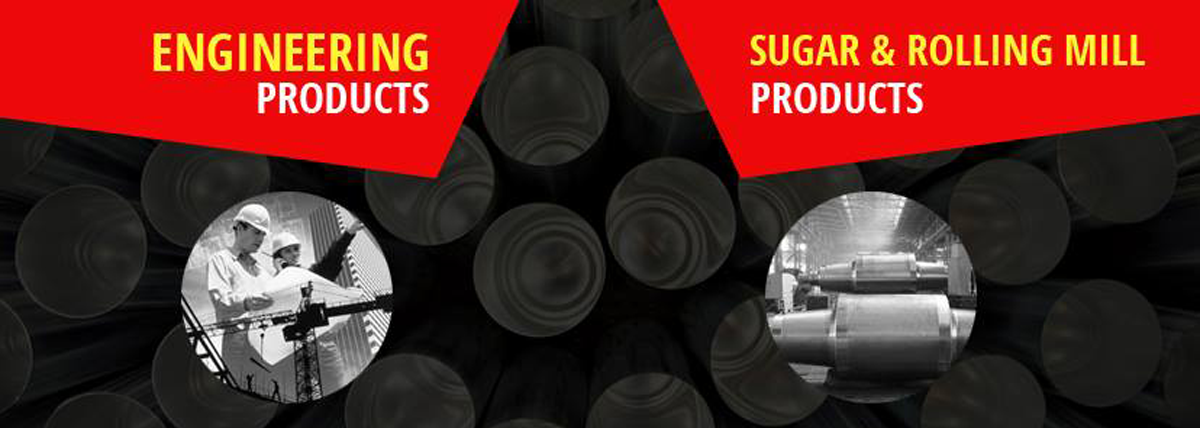Welding TMT steel bars poses a unique set of challenges due to their distinct properties. These challenges require special attention and techniques to ensure structural integrity and safety. In this comprehensive guide, we delve into the complexities of welding TMT steel bars, exploring the hurdles encountered and providing invaluable tips for achieving successful welds. By understanding the nuances of welding these high-strength bars, welders can navigate through the difficulties and contribute to the construction of resilient and durable structures.
So, we begin by embarking on this journey to unravel the intricacies of welding TMT steel bars and master the techniques essential for creating strong and reliable welds.
Understanding the Challenges
1.High Carbon Content
TMT bars boast a higher carbon content than mild steel, rendering them susceptible to cracking during welding if not handled meticulously.
2.Exposure to Heat
Welding generates heat, impacting the microstructure of TMT bars and altering mechanical properties like hardness and toughness.
3.Brittleness
Improper welding techniques can render welded joints brittle, jeopardizing the overall strength of the structure.
4.Surface Contaminants
Surface contaminants such as rust, oil, or mill scale must be eradicated before welding to prevent detrimental effects on weld quality.
5.Differential Cooling Rates
Varied cooling rates within TMT bars, owing to differing core and surface temperatures, may induce distortion and residual stresses in welded joints.
Techniques for Successful Welding
- Thorough Preparation
Prioritize surface cleaning using wire brushes, sandpaper, or solvent cleaning to eliminate contaminants and ensure optimal weld quality.
- Preheating
Preheating TMT bars minimizes temperature differentials between the core and surface, mitigating the risk of cracking during welding.
- Controlled Heat Input
Adopt precise welding parameters, including current, voltage, and travel speed, to regulate heat input and minimize the heat-affected zone.
- Low-Hydrogen Electrodes
Utilize low hydrogen electrodes, such as AWS E7018, to reduce hydrogen content in welds, thereby lowering the likelihood of cracking.
- Peening and Post-Weld Heat Treatment
Implement peening or post-weld heat treatment to alleviate residual stresses and enhance the toughness of welded joints.
- Avoid Overheating
Exercise caution to prevent excessive heat input or prolonged welding times, which may lead to over-tempering and degradation of mechanical properties.
- Rigorous Inspection
Conduct thorough visual inspections and employ non-destructive testing methods like ultrasonic testing to verify weld quality and integrity.
Conclusion
In conclusion, while welding TMT steel bars presents formidable challenges, mastering these techniques empowers welders to achieve robust and reliable welds in TMT structures. By prioritizing thorough preparation, controlled heat input, and adherence to best practices, welders can overcome the hurdles posed by high carbon content, exposure to heat, brittleness, surface contaminants, and differential cooling rates. With diligent inspection and continuous improvement, weld quality and structural integrity can be ensured, bolstering the safety and longevity of TMT structures. Embark on your welding journey with confidence, armed with the knowledge and skills to navigate the complexities of welding TMT steel bars and contribute to the creation of resilient and enduring infrastructure.

